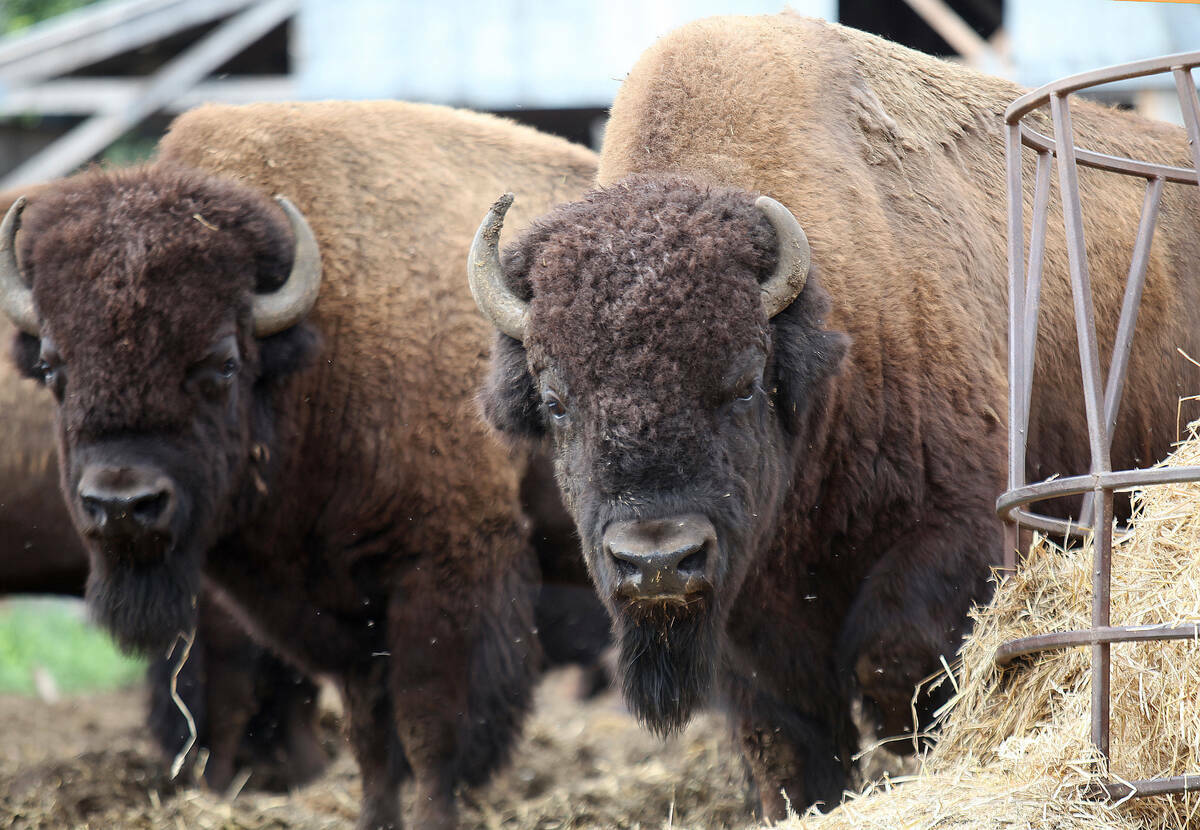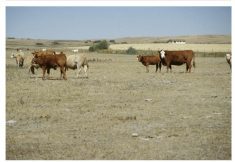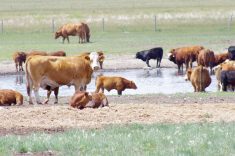Farm Credit Canada is steering clear of predictions and instead offering producers a short list of things to monitor in 2022.
The pandemic, weather disasters, supply chain disruptions, labour issues and the reappearance of inflation are among the many things that are making “trends increasingly difficult to forecast,” FCC said in a recent release.
But not surprisingly, many of those items are on the ag lender’s watchlist, starting with “inflation, inflation, inflation.”
FCC said it is closely watching the bond market — as well as the Bank of Canada, supply chain issues, and other inflationary factors — but its bottom-line message for producers is simple: “Interest rates are likely to rise in 2022. Now’s the time to prepare by locking in rates to take advantage of a historically low interest rate environment.”
Read Also

Bison prices remain high, but supply shrinks
Bison numbers are down amid increasing demand and record high market prices.
Shipping rates is No. 2 on its list, with the Baltic Dry Index (which tracks rates and hence economic activity) being a key indicator. The index fell late in 2021 after soaring during the first half of the year, but a key take-away is that “demand for raw agricultural commodities and other manufacturing inputs is expected to remain high.”
Tight supplies for wheat and other crops take the third spot and again, FCC has some clear advice for producers.
“For those with 2021 crops to sell, look for possible reversals in price trends to determine if making sales earlier rather than later is optimal. Keep an eye on South American production progress over the winter to understand how it will impact stocks-to-use ratios and expected prices.”
In fourth spot is the impact of COVID-19 on the ability of food processors to attract and retain employees.
“The vacancy rate at any level of unemployment is higher in food processing than for all industries,” the FCC report notes.
The final item on the lender’s Top 5 watchlist is titled ‘COVID-19 casts long shadow on Canadian meat demand’ and illustrates how the pandemic has clouded the crystal balls of economic forecasters.
“We normally have a good sense of how meat consumption patterns respond to economic fluctuations,” the FCC article states before describing the unusual swings in demand for chicken and beef.
Normally, lower-priced chicken does better in uncertain economic times than beef, but that pattern was reversed during much of the pandemic as restaurants closed, government support increased and stay-at-home Canadians treated themselves to steaks and roasts.
The complete article can be found in the Knowledge section of www.fcc-fac.ca.
Another forecast was delivered at the Banff Pork Seminar earlier this month by Global AgriTrends economist Brett Stuart.
He told attendees that the world is in a midst of a global commodity supercycle but “it will last a lot longer than people think,” said a report on his presentation by Meristem Land and Science.
Stuart also said inflation will persist, a turn to stagflation is possible, producers need to find a way to deal with high fertilizer prices, and the outlook for meat consumption is good (but lab-based meat is something to keep a watch on).
Meristem’s report on the presentation be found at meristem.com.
















